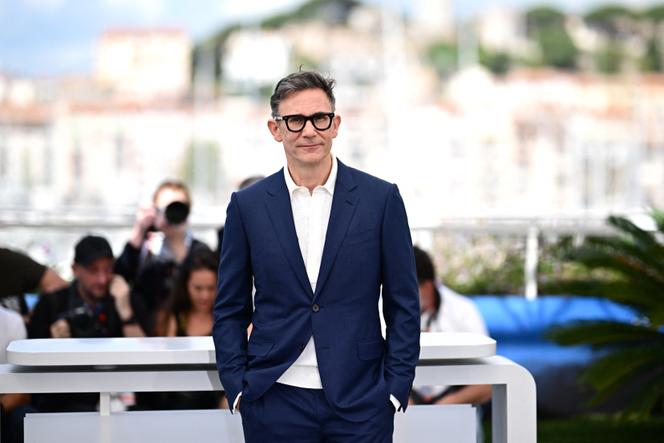


With films like La Classe Américaine (1993), OSS 117: Cairo, Nest of Spies (2006), The Artist (2011), and Final Cut (2022), Michel Hazanavicius has made his name as a master of satire, rarely allowing himself to stray into serious territory. His latest film, The Most Precious of Commodities, is no exception, relying on the dual mediation of a powerful text (the 2019 book of the same name by Jean-Claude Grumberg) and two highly structured genres, the fairy tale and animated cinema, to tell the story of a Jewish girl saved by Righteous Gentiles during the Holocaust. Having written a powerful column on Jewish identity after October 7 for Le Monde this summer, this film nonetheless brings him closer to himself than perhaps ever before.
It was the text that made the decision. I was almost passive in the process. I received a draft of the book, partly because Jean-Claude Grumberg is a very old friend of my parents. He's known me since I was born. Then came the idea of making it into an animated film, again at Jean-Claude’s initiative – he knew my drawings and recommended me to the producer, Patrick Sobelman. None of it would have happened, however, if I hadn’t fallen in love with the text. The book moved me deeply. That step aside into the world of fairy tales, that profound and delicate approach to a subject I was so familiar with from childhood – I had never seen anything like it.
That's true. The original idea was to start with the character sketches I had drawn and collaborate with a co-director who specialized in animation. I tried this twice, but it didn't work. I realized that the subject was far too sensitive and that I needed to take full responsibility for it. So, I embarked on a collective effort with the animation team. It took time to establish a method, but in the end, it worked.
I didn't really have any. My own drawings don't belong to a specific artistic universe; they go in all sorts of directions. What mattered most to me was having a clear understanding that animation was undoubtedly the most suitable medium to approach a subject like the Holocaust. That's because it allows us to tell without showing. Drawing doesn't reconstruct reality, it reinvents it. It was out of the question for me to call on actors to play this story. You can't show millions of human lives being snatched away, it wouldn't make sense.
You have 60.76% of this article left to read. The rest is for subscribers only.
